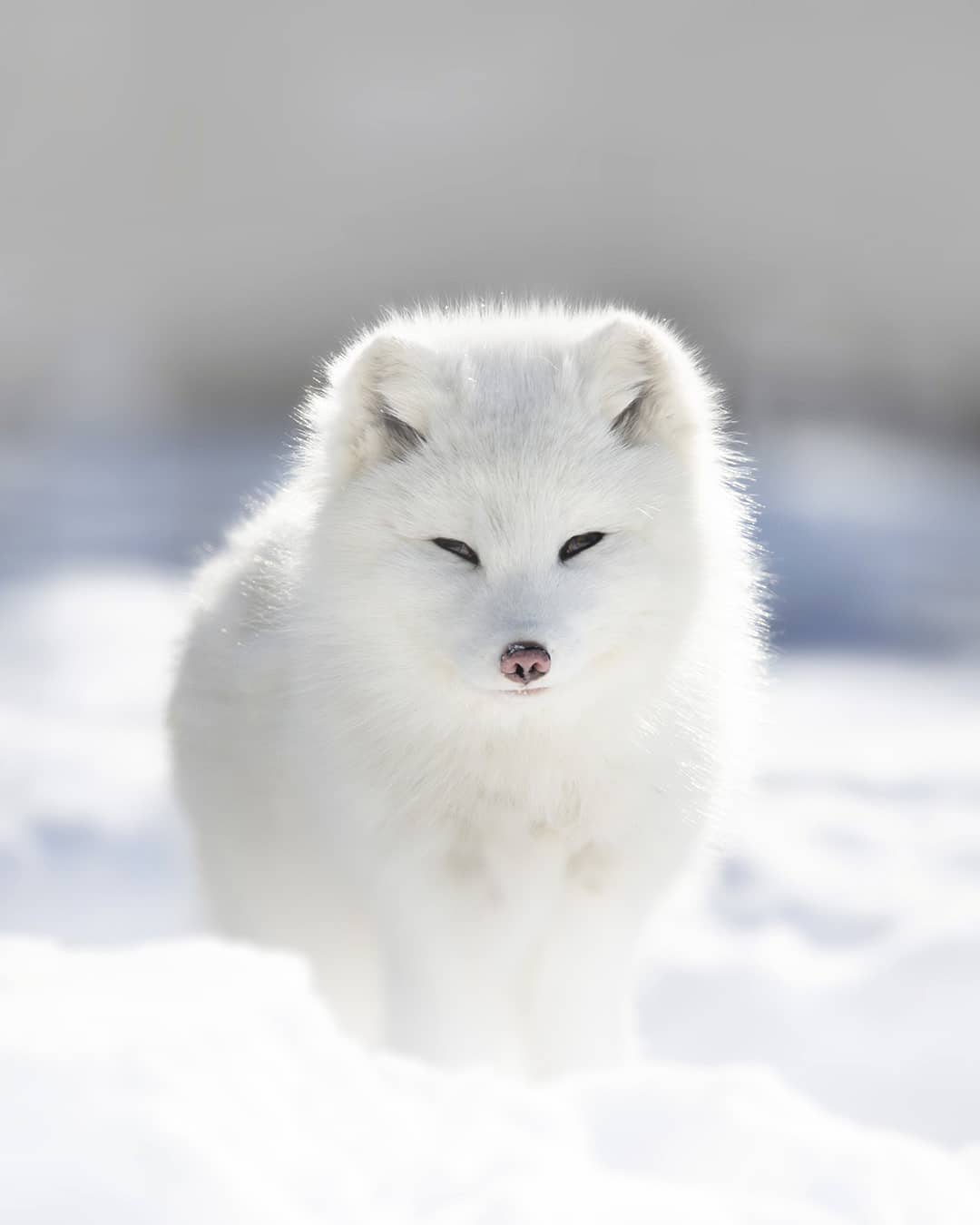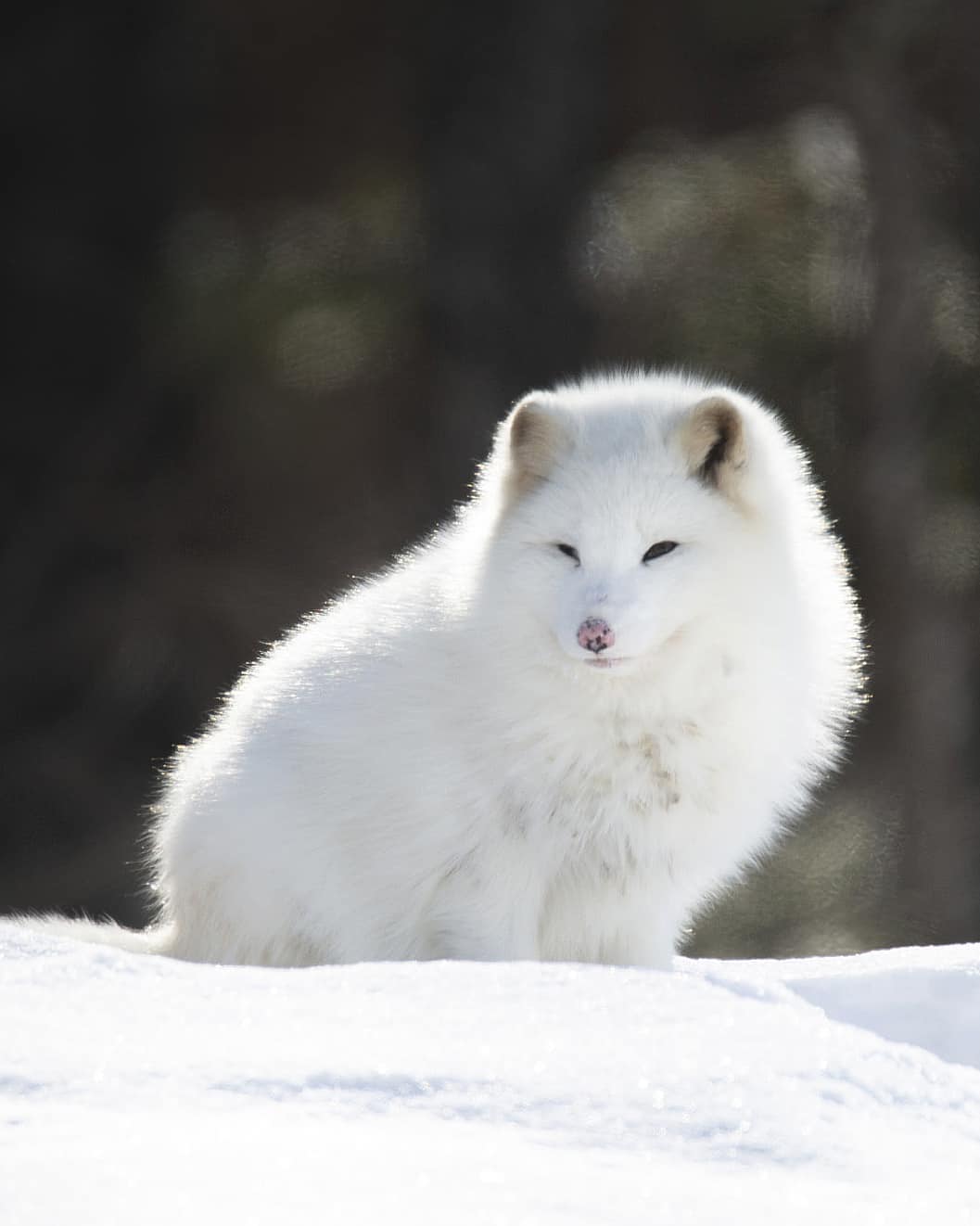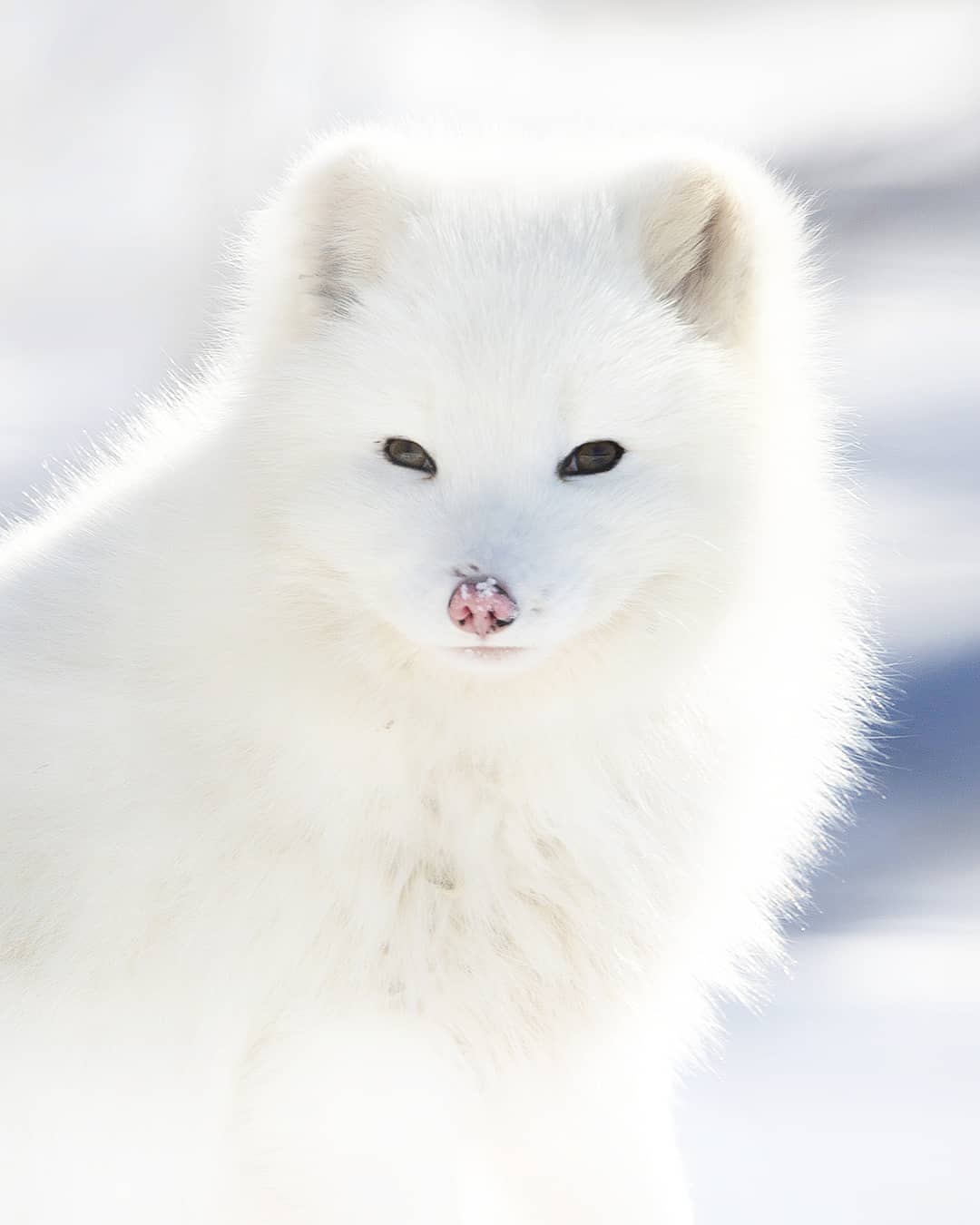I just got back from an amazing few days in Montebello Quebec. It is a small region between Ottawa and Montreal. One of the main reasons for our trip was to visit Parc Omega: a 2,200 acre wildlife park which is home to a number of native Canadian animals and a few from Europe. .

One of the most amazing aspects to the park for me was the fact that most of the herbivores are left to freely roam. Seeing elk, bison, whitetail deer and red deer moving around freely in their natural environment was very refreshing, compared to the more typical small enclosures of zoos. One of @elizabeth__bruno and my favourite animals that we saw at the park were the adorable arctic foxes. I’ll be posting a few more photos of the foxes we saw there and the other animals in the coming weeks. I hope you enjoy seeing these beautiful animals and learning more about them.

Arctic foxes can be found circumpolar (on one side of the Earth’s poles) across the arctic tundra. This covers northern regions of Canada, Alaska, Greenland, Russia, Norway, Scandanavia and Iceland. Side note: Arctic foxes are actually the only native land mammal in Iceland. Arctic foxes are known by other names such as: white fox, polar fox, or snow fox. Arctic foxes are a smaller fox than the typical red foxes we see further south in north America. They grow to between 16-27 inches long, with their tail making up a large portion of that length. Their shoulder height is just under a foot, and they weigh about 6-8 pounds. Males tend to be larger than females in most regions.
Arctic foxes have the warmest pelt of any arctic animal, enabling them to easily endure temperatures as cold as -70°C!

I think the most amazing aspect of the arctic fox to me is how well designed they are for the harshest of arctic winters. Arctic foxes have the warmest pelt of any arctic animal, enabling them to easily endure temperatures as cold as -70°C! Additionally, they are the only canid to have fur on their foot pads. Speaking of feet, arctic foxes have special blood vessels in the bottom centre of their feet which keep their foot pads above the tissue freezing mark (-1°C). This allows them to move without any loss of feeling or discomfort. Their bodies can regulate their foot temperature independent of their core body temperature by constricting the blood vessels going to their feet! Finally, the body shape of arctic foxes allows them to conserve heat efficiently. They have a low surface area to volume ratio because of their short legs and rounded features. Only 22% of an arctic foxes body has rapid heat loss, compared to 33% on red foxes.


